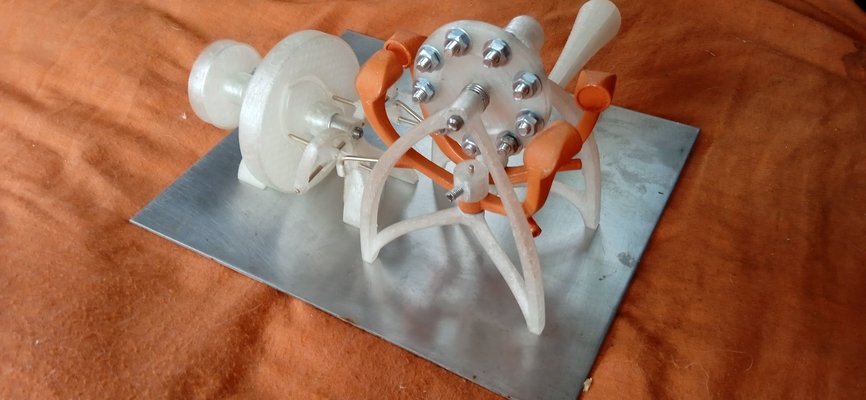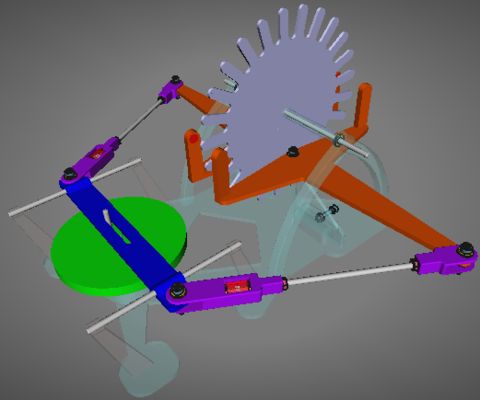Prajna
Fixing things for the love of it
- Messages
- 683
- Location
- Castelo Branco, Portugal
The (first iteration, it's not finished yet) web page about the device is up on my website: http://tomboy-pink.co.uk/SFT/ (no SSL yet, it will be available on https in the next few days once my domain transfers to a different host). It gives a little more information about how the device works (or, rather, how I imagine it will work once it's built), how I came up with the idea, whether it purports to be a 'free energy' device, etc. Also you can download a copy of the FreeCAD model from there and there are links to the scienceforums and physicsforum discussions of the device.




